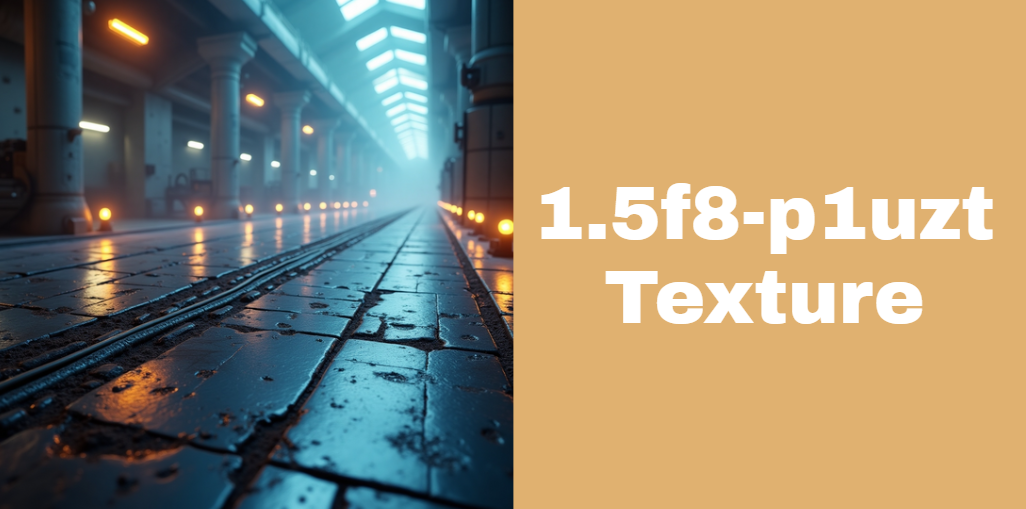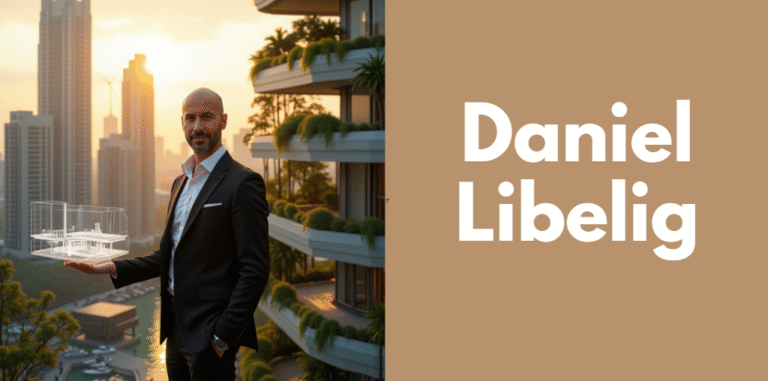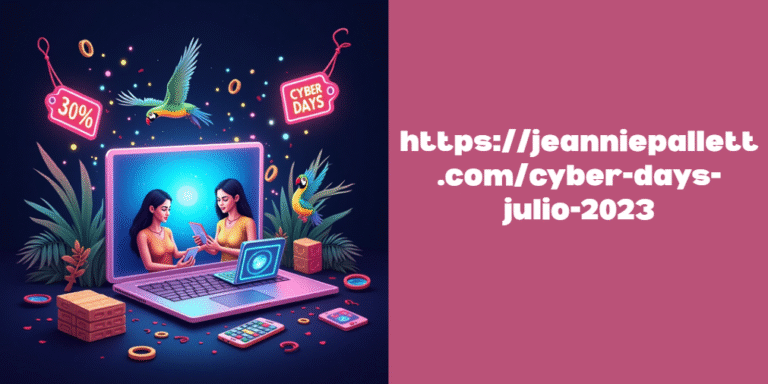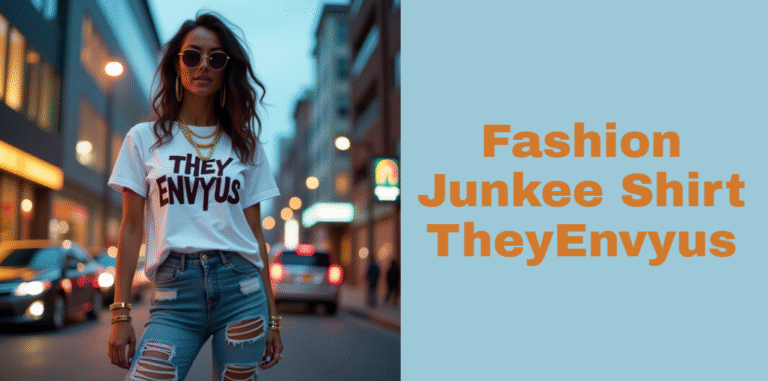Understanding the 1.5f8-p1uzt Texture: Features, Applications and Benefits Explained
The 1.5f8-p1uzt texture is a high-quality digital material designed for use in 3D environments. It features an ultra-detailed resolution that supports photorealistic rendering in visual applications such as gaming, virtual reality, architecture, and film production.
This texture belongs to the PBR (Physically Based Rendering) family, which means it is equipped with data maps like normal, roughness, metallic, and ambient occlusion. These maps help simulate real-world physical material behavior when interacting with light.
While the name “1.5f8-p1uzt” might sound like a code, it typically refers to a specific texture set or ID used in libraries of professional design platforms. Artists and developers use this texture to bring depth and realism to digital surfaces such as stone, metal, or wood.
Core Characteristics & Technical Specs
The 1.5f8-p1uzt texture stands out due to its comprehensive set of attributes. Here’s what makes it a favored choice in digital design environments:
- Resolution: 4096×4096 (4K), offering excellent clarity even at close zoom levels.
- Seamless Tileability: Perfect for large surfaces; edges match flawlessly without noticeable repeats.
- Color Accuracy: Balanced tones suitable for both daylight and artificial lighting scenarios.
- Material Type: Often mimics natural textures like concrete, rough plastic, aged wood, or oxidized metal.
Table: 1.5f8-p1uzt Texture Specs
| Attribute | Description |
|---|---|
| Resolution | 4096×4096 pixels (4K) |
| Tileable | Yes (seamless edges) |
| File Formats | PNG, TGA, TIFF (8-bit/16-bit) |
| PBR Maps Included | Albedo, Normal, Roughness, AO, Metal |
| Compatibility | Unreal Engine, Unity, Blender, etc. |
| Use Cases | VR, Gaming, Architecture, Product Design |
Key Features & Benefits
One of the most appealing aspects of the 1.5f8-p1uzt texture is its flexibility. Whether you’re crafting a gritty post-apocalyptic setting or a glossy high-tech product showcase, this texture adapts effortlessly.
Hyper-Realism
The texture includes ultra-fine micro details that replicate real-world materials with astonishing accuracy. It reacts well under different lighting conditions and holds up in both still images and moving sequences.
Smart Lighting Response
Because it comes with a full suite of PBR maps, the texture behaves realistically under dynamic lighting. This is especially useful in game environments and VR experiences where lighting is constantly changing.
Performance Optimization
Despite its rich detail, the 1.5f8-p1uzt texture is optimized for performance. It can be compressed with mip-mapping techniques, allowing for faster rendering without visible quality loss.
Versatile Use
From modern industrial designs to fantasy landscapes, this texture can morph into different visual styles based on the mapping and lighting used.
Industry Use Cases
The texture’s popularity is largely due to its adaptability across multiple industries. Let’s take a look at where it shines:
- Gaming and VR: Game developers use it to add lifelike details to buildings, terrain, props, and characters.
- Architecture: Architects apply it for wall textures, flooring, and exteriors in 3D walkthroughs.
- Consumer Products: Designers use the texture to visualize product materials before manufacturing.
- Automotive: It’s used in prototyping and showcasing car interiors and exteriors.
- Film and Animation: Adds realism to digital sets and props in CGI-heavy productions.
- Industrial Applications: Also found in packaging design, tools simulation, and machinery visualization.
Integration & Workflow
To get the best results from the 1.5f8-p1uzt texture, it should be used in a PBR-capable rendering engine. Below are some common tools and how the texture integrates with them:
Popular Platforms
- Unreal Engine 5: Easily imported into material editor with plug-and-play map support.
- Unity: Compatible with HDRP and URP pipelines.
- Blender: Drag-and-drop support for shading nodes.
- Substance Painter: Can be customized further with paint and procedural layers.
- Cinema 4D / Maya: Works well with Redshift and Arnold renderers.
Physical Production
Interestingly, the texture isn’t limited to the digital world. In industrial design, it’s often used to simulate physical patterns that are later produced using embossing, laser cutting, or 3D printing.
Advantages & Limitations
Advantages
- High realism without performance drain.
- Universal compatibility with most design tools.
- Easy to customize or combine with other materials.
- Scalable for both small and large projects.
Limitations
- Large file sizes may require compression.
- Slight learning curve for beginners unfamiliar with PBR workflows.
- Licensing can vary—always check usage terms before commercial deployment.
Future Outlook & Innovations
Looking ahead, the 1.5f8-p1uzt texture is likely to be enhanced by AI and machine learning tools. These will allow for textures that dynamically adjust to lighting, motion, and environmental changes in real time.
We may also see increased use in emerging fields like augmented reality, metaverse environments, aerospace simulations, and even healthcare (for 3D modeling of medical tools and environments).
Conclusion
The 1.5f8-p1uzt texture is more than just a digital surface—it’s a powerful tool for adding realism, immersion, and aesthetic value to any visual project. Whether you’re a 3D artist, architect, or industrial designer, this texture offers performance and visual appeal without compromise. Its flexibility across industries and platforms makes it a must-have in the modern digital toolkit.
Recommended Articles
Comprehensive Guide to 805-354-1683: Identifying and Protecting Against Spam and Scam Calls
12.8kk Dump Mix.txt Explained: Full Guide to the Massive Data Leak and How to Stay Safe
What’s the Mile Range on a Winegard RV2001A? Full Guide for RV Travelers
Elgiz Ekber Pervane Nece Yasi Var? A Complete Biography and Career Overview




